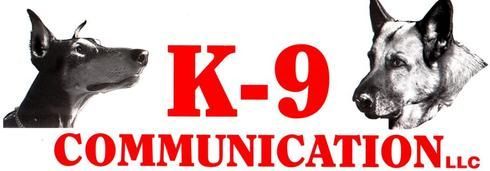Dogs learn from an early age
Dear Gus,
How does my dog learn?
Dear Anna,
Dogs learn in a variety of ways. One of the earliest ways they learn is through their senses —they recognize the scent of their mother, and that she is soft and warm. Once the puppy is about two weeks old, they can see and hear and begin learning through what is called operant conditioning. This means that they will associate a specific behavior with a specific response, be it a positive response, no response, or a negative response, either by dog-to-dog observation or interaction with humans. For example, puppies gain much of their socialization skills by interacting with their mother and other litter mates. They learn through play what is acceptable behavior and what is not, such as nipping leads to a negative response from mother or litter mates.
When formal training begins, positive or reward based techniques are most effective. Some that are commonly used are clicker training, where your dog associates the sound of the clicker with something good like a food treat or praise, or just using the food or praise itself as the reward.
Your goal should be to associate the desired behavior with receiving a reward, which eventually will be praise and affection from you. The added bonus of using positive training is that your dog begins to associate you with the reward, creating a stronger bond. Another technique is ignoring negative behavior such as begging. However, if using this technique, you must always ignore the negative behavior, otherwise the intermittent reward (sometimes rewarding begging) is a very strong reinforcement of the negative behavior.
Although some trainers use negative association, such as prong collars or electric training, I do not recommend these techniques.
Dogs also have a genetic predisposition to learning, based upon the breed or mix of breeds involved. Each breed or breed mix of a particular dog is born
with a predetermined map of specific, behavior. For example, some dogs are highly trainable, such as the German shepherd and many retrievers, while others, such as beagles and Chihuahuas are less trainable. As a trainer or teacher, my work involves going through a specific particular check list—what breed, age, sex, level of socialization, particular problems--and then working with the owner to set expectations for what they hope’ to
achieve with their particular dog.
Generally they want their dog to walk calmly on the leash, to not soil in the house, to meet other dogs and people properly, basically to be an all around Canine Good Citizen. When selecting a trainer or teacher for your pet, ask plenty of questions. If you feel that the techniques or psychology of a particular trainer seems abusive or irrational, find a different trainer.
And remember, any dog can learn. The old saying “You can’t teach an old’ dog new tricks” is not true. I’ve taught dogs as young as 8 weeks, and as old as
12 years new behaviors. All it takes ‘is knowledge of the appropriate techniques, patience, and time. I hope that this helps you to understand “the
mind of your dog”.
Gus.
